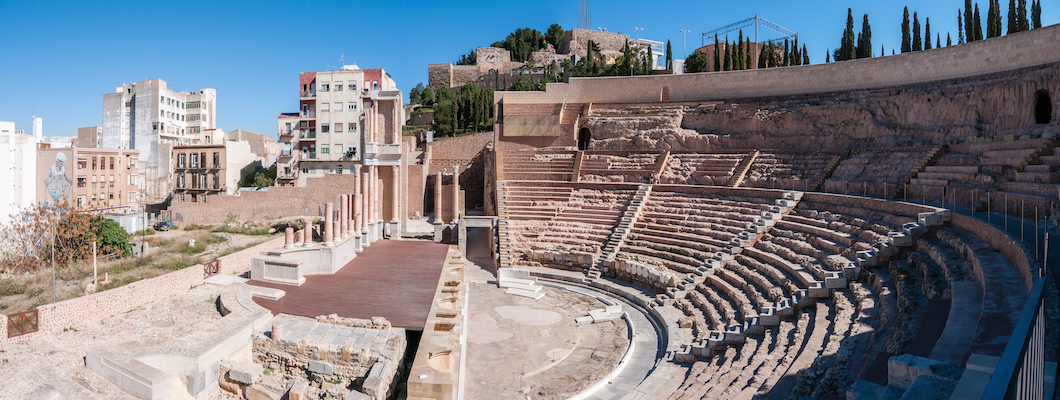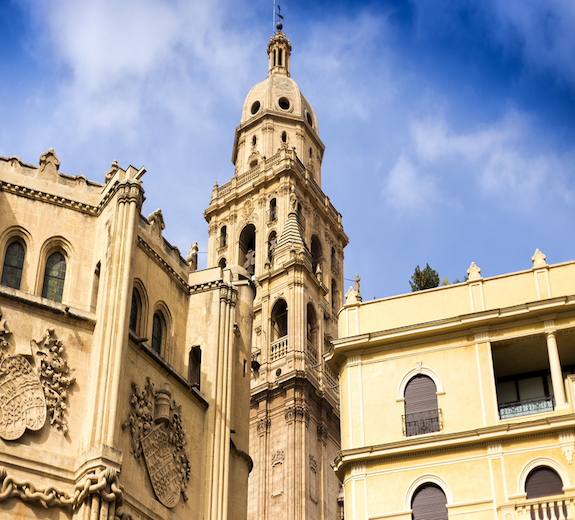Places of interest in Spain – Murcia
Like most of the other places in Spain, Murcia is also a historic city with most of the buildings in Baroque style. It is also a place of learning, where the University of Murcia has an enrolment of about 30000 students every year for higher studies. These students are from both, Spain and many other foreign countries. The city has many places worth visiting:
Old market building:
This historic building, which is about more than a century old, has some detailed, decorative iron and glass works. Pedro Cerdán and his team designed this beautiful building. Earlier they sold vegetables and fruits here. Now, the government has decided to preserve this imposing building and hence hold the Flamenco Festival here. Normally, this festival takes place every August.
Another architectural marvel from Pedro, this building needs some major repair works. This three-storey building has a golden pinecone at the top as an adornment. This pinecone presents a splendid look to the building. The building has very beautiful iron works and huge wooden windows. There are images of ferocious lions engraved at the entrance. Alexandre Gustave Eiffel, the person who designed the famous Eiffel Tower in Paris, has designed the tower of this Casa Pinon.
House of Cerda:
This building built in the early part of 20th Century in Eclectic Style and designed by the renowned architect Jose Antonio, is famous for its architectural beauty. The building has white, green and reddish finish, which is the unique style of this building.
Recently, there was a declaration of this building as a historic monument. Bishop Modrusia sanctified this building in 1556. It is yet another example of the architectural marvel. This building is a monument of brother-hood.
Episcopal Palace:
This is yet another important place to visit in Murcia. This palace is located in the Cardinal Belluga Square. This palace stands built right in front of the Cathedral. History says that Bishop by name Mateo preferred his house right in front of the Cathedral.
He made this preference, so that it would be convenient for him to oversee the work of the Cathedral. Thus, came the Episcopal palace and this palace has two parts. The first part called the Martillo, which is “the hammer”, from where the Bishop could have a complete view of the Cathedral. The other part of the palace has a clear Italian architectural look.
Photo Credit:Shutterstock

